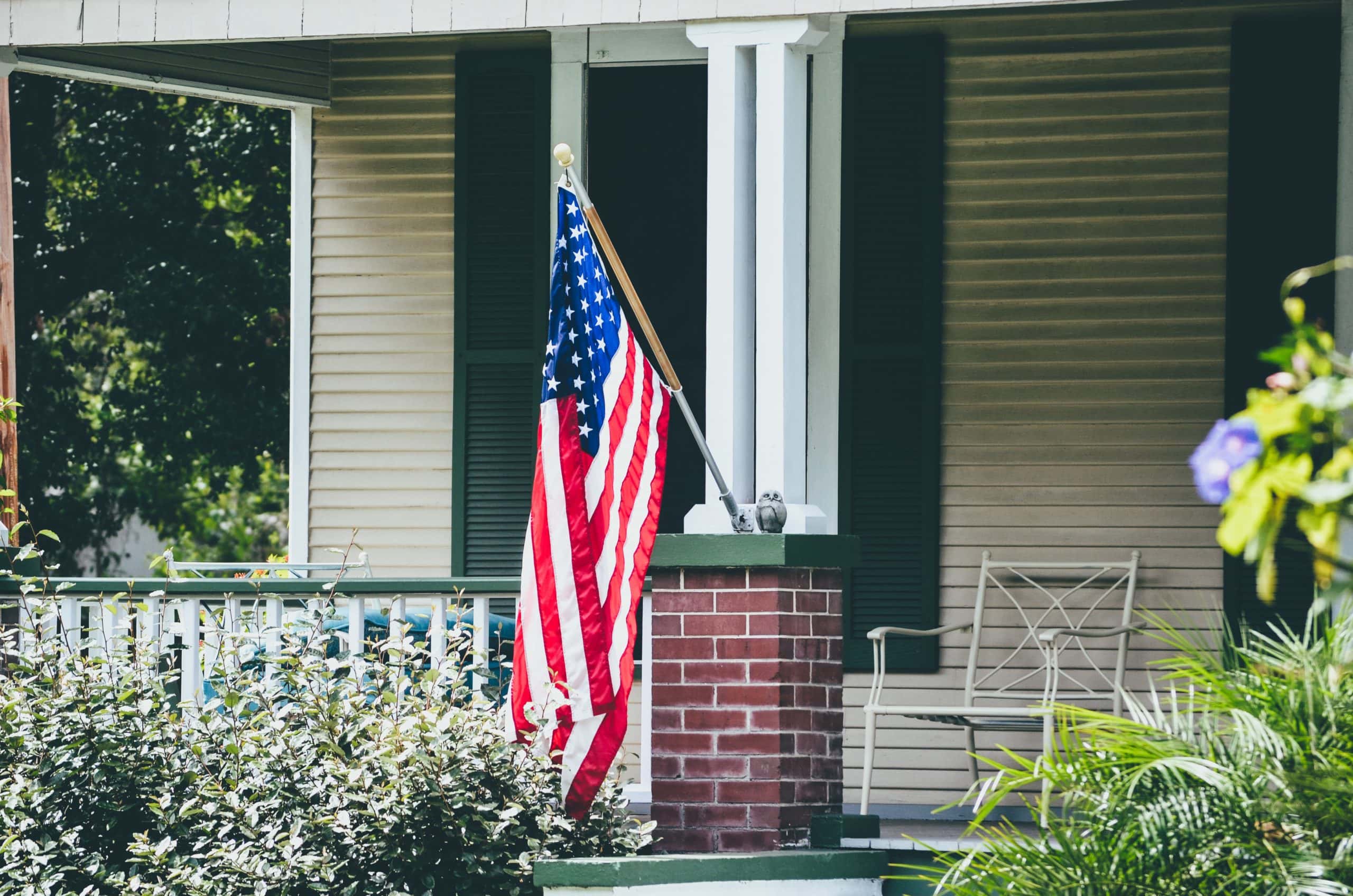A VA home loan is a mortgage loan guaranteed by the U.S. Department of Veterans Affairs.
VA loans offer a number of advantages, making it a popular choice for many active and retired service members or surviving spouses interested in buying a home.
VA loan advantages include:
- flexible underwriting
- flexible down payment requirements
- no mortgage insurance
- low-interest rates
- a no-down-payment option
If you’re an active service member, are retired, or the surviving spouse of a service member, and are considering buying a home, the VA home loan program could be the right mortgage product for you.
Use our VA mortgage calculator below to accurately estimate how much you can afford to spend on a house.
What is the VA Home Loan Program?
The VA home loan program was initially created to help returning veterans buy a home; it was a way to acknowledge their outstanding efforts and sacrifices in World War II. More than 75 years later, the program is still helping service members, and their families find their way home.
The U.S. Department of Veterans Affairs (VA) backs a portion of the loan from your lender. You can use that loan to buy a new home or to build or renovate your chosen condo or house.
If you currently own your home, you can use the VA loan program to save money by refinancing your current mortgage with a lower interest rate.
Let’s look at the qualifications to be eligible for a VA loan, the benefits, and how to use a VA mortgage calculator.
How Do I Qualify for a VA Loan?
Because the U.S. government backs VA loans, they offer greater flexibility to borrowers. They’re also less risky for lenders, making it easier for veterans and their families to buy a home.
To qualify for a VA loan, you must meet the following criteria.
- Complete a Certificate of Eligibility (CoE) (A VA Certificate of Eligibility or “COE” is proof for your lender that you meet the service requirements and are eligible for the VA loan benefit).
- Be an active or retired service member, military veteran, or an Army, Navy, Air Force, Marine Corps, or Coast Guard reservist.
- Have served a minimum of 90 continuous wartime days or 181 continuous peacetime days.
There is a two-year service qualification requirement for service members who enlisted after September 7, 1980, or were an officer and began active service later than October 16, 1981.
Service members who were discharged for conditions other than dishonorable can still qualify for a VA home loan.
Surviving Spouse
Surviving spouses of a deceased veteran can also qualify for a VA loan provided you have not remarried.
If you have remarried and your marriage ends at some point, you could once again qualify for a VA loan.
Contact the VA directly if you have questions or are unsure whether you qualify.
You can also reach out to the VA loan specialists at River City Mortgage for help determining your eligibility.
VA Mortgage Fees
Depending on your situation, you may have to pay mortgage fees to finalize your VA mortgage loan. Let’s look at what you have to pay, and what you don’t, with a VA loan.
VA Funding Fee
Anyone using a VA loan to purchase a home will have to pay a one-time fee called the VA Funding Fee. This fee helps to fund the program for future service members.
You can roll the fee into the total amount of your mortgage, and avoid having to pay any out-of-pocket expenses at the closing. Not every applicant has to pay the VA Funding Fee. There are a few exceptions, including:
- those who receive (or were receiving) VA disability benefits
- if you have a service-related disability
- eligible surviving spouses of a service member
VA funding fees range from between 1.4% to 3.6% of your mortgage amount.
Additional factors, including whether you have a down payment, how much of a down payment you have, and whether your first VA loan can impact the final funding fee amount you will have to pay.
VA Loan Closing Costs
Because each mortgage application is unique, your mortgage lender will work out your closing cost details with you; the VA is not involved in calculating closing costs.
In general, closing costs can include VA funding fees, getting a credit report, local or state taxes, etc.
No Private Mortgage Insurance
Another benefit of the VA loan program is not paying Private Mortgage Insurance (PMI). Because the VA backs your mortgage, you skip having to pay this type of insurance that is often required with conventional mortgages.
No Down Payment
The most popular benefit of using a VA home loan to purchase a house or condo is that you can avoid paying a down payment. There are a couple of exceptions to the no-down-payment options.
A down payment is required in the following situations:
- borrowers have less than full VA entitlement
- your mortgage amount surpasses the VA loan limits
It’s worth noting, however, that any money you can put down toward your home purchase will save you money in the long run.
How to Use The River City Mortgage VA Mortgage Calculator
The River City Mortgage VA loan calculator will help you estimate your monthly mortgage payments. You can calculate loan details, such as the following:
- loan amount with or without funding fee
- estimated property taxes
- estimated insurance
- the income you’ll need (if you’re taking advantage of the no-down-payment option)
It’s a good idea to remember that while the VA mortgage calculator will give you an accurate estimate, your fees or expenses could still change depending on things like the final closing date of your home purchase or your military status.
Reach out to the professional licensed loan officers at River City Mortgage once you’ve used the VA mortgage calculator. Our experienced team will help you get the most out of your VA benefits.
River City Mortgage can answer any questions you have, help you determine which mortgage features are best for you and your family, and walk you through the loan process.
Photo by Debby Hudson on Unsplash


